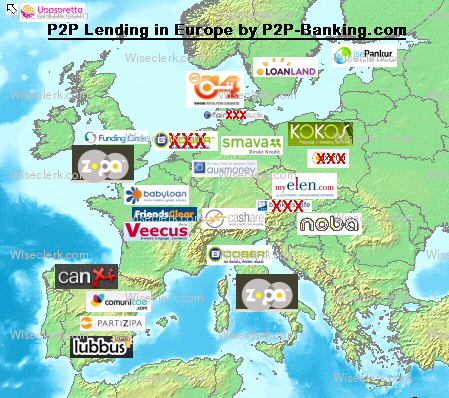 Roughly a year ago I came across an idea that sounded extreme. There was a crowdfunding pitch for a startup that had no team and no idea. What? Well the idea was that the startup once founded would use the ‘Design Thinking’ method to develop the idea and the business model in the first months after funding and company foundation. The pitch was for 100,000 CHF. It had a strange appeal to me, so I invested a small amount. The pitch did fully fun and 4 applicants – students of the university of St. Gallen, Switzerland – were recruited as founders and off they went. The founders are not paid a salary but compensated in shares for their work.
Roughly a year ago I came across an idea that sounded extreme. There was a crowdfunding pitch for a startup that had no team and no idea. What? Well the idea was that the startup once founded would use the ‘Design Thinking’ method to develop the idea and the business model in the first months after funding and company foundation. The pitch was for 100,000 CHF. It had a strange appeal to me, so I invested a small amount. The pitch did fully fun and 4 applicants – students of the university of St. Gallen, Switzerland – were recruited as founders and off they went. The founders are not paid a salary but compensated in shares for their work.
Soon the appropriately named ‘ Design Thinking Startup AG’ was incorporated.
One year of development
As investor I received nearly weekly updates newsletter-style on what the team was currently up to. Through 38 of these reports I was fascinated by successes, drawbacks, ideas and lots of work done. Initially the team sought idea and coaching, used the Design Thinking method to identify problems (needfinding) and did market research. Finally around week 11 one of the ideas substantiated into the idea that was developed.
In between there were events for investors and shareholder meetings approving the decisions proposed by the team.
Then a prototype was built, a development company contracted, the team moved office to Zurich and a second funding round was raised (again through crowdinvesting). During the last weeks the product was presented, tested and finalized in a closed beta.
The result
Last Friday Stablish.me went live. Stablish.me has set itself the goal to redefine the résumé. Further, the company aims to replace it through it’s social endorsement network in the
long term. Continue reading


